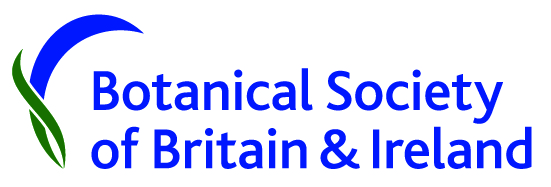Changing environment and orchid distributions close to their northern and southern limits in Britain
DOI:
https://doi.org/10.33928/bib.2022.04.125Keywords:
Tetrad occupancy, range expansion, range reduction, environmental changeAbstract
The total numbers of tetrad records in the BSBI database collected for 20 species of British orchids in the period 1970-86 were compared with those collected in 2010-19. The species chosen had a northern limit to their distributions somewhere in Britain and comparisons were restricted to changes close to their northern and southern distribution limits. In a 100 km band close to their northern limit, recorded tetrad occupancy decreased for 14 species by a mean of 34% between the two date-classes. Despite Britain warming by 0.9 C° over this period, four species had retreated southwards, and only Ophrys apifera (Bee Orchid) and Anacamptis pyramidalis (Pyramidal Orchid) had significantly extended their distributions northwards. Changes in tetrad occupancy were also explored in a similar band immediately to the north of the southern tip of the Isle of Wight. Here, tetrad occupancy decreased for 10 of the 20 species by a mean of 33%. In both the northern and southern bands, where a species was recorded in 1970-86, on average in 2010-19 it was re-recorded in only c.40% of tetrads. There were large differences between species in apparent rates of colonization of new tetrads. This accounted for most of the differences between species that increased their tetrad occupancy between the two date-classes and those that declined. No account was taken of the increase in the intensity of recording between 1970-86 and 2010-19 but these results provide further strong evidence of the decline of many orchid species, especially in England.
Downloads
Published
Issue
Section
License
Copyright (c) 2022 David Trudgill

This work is licensed under a Creative Commons Attribution 4.0 International License.
Copyright and licence: Authors (or their employers) retain their copyright in articles and images published in British & Irish Botany and are not required to assign this to the Botanical Society of Britain & Ireland (BSBI). All that BSBI requires from authors is a license to publish the article in British & Irish Botany and make it freely available to all in pdf format under the terms of Creative Commons Attribution 4.0 International Public License, which also enables BSBI to reproduce components of the article in other BSBI outputs (eg. BSBI News, the BSBI website and/or the BSBI News & Views blog) for publicity purposes. The licence code can be accessed here:

